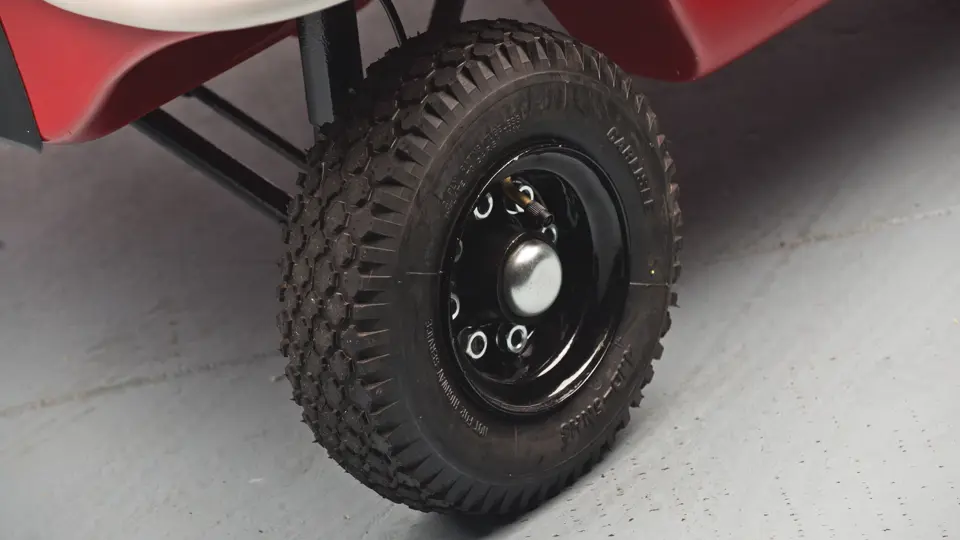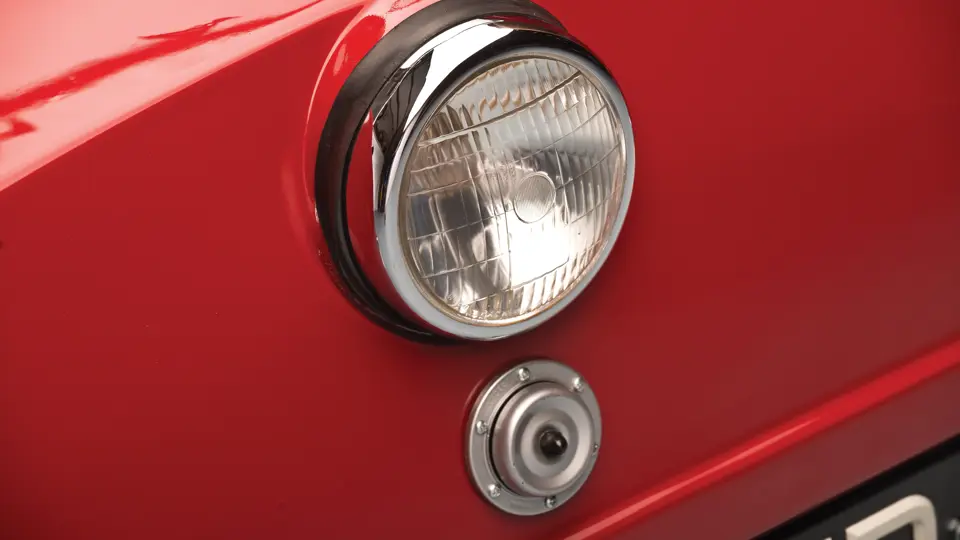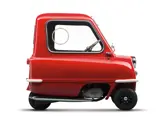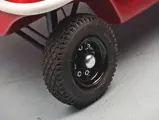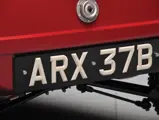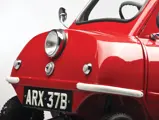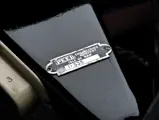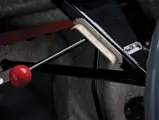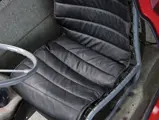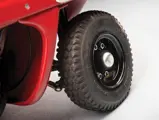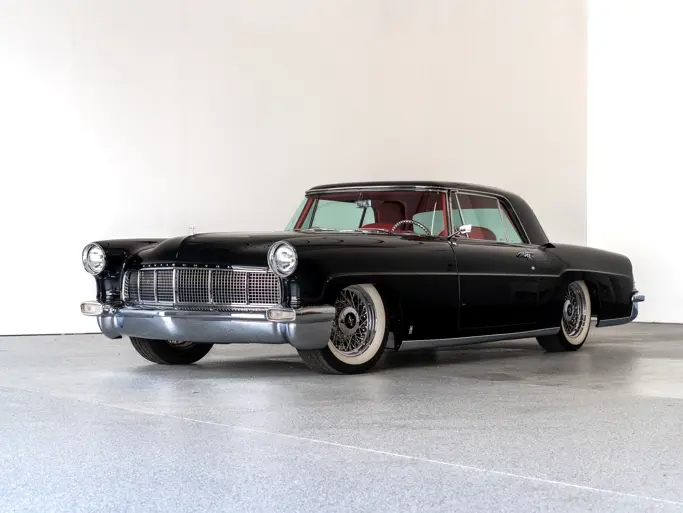The smallest production car ever built.
SPECIFICATIONS
Manufacturer: Peel Engineering Co.
Origin: Peel, Isle of Man
Production: est. 47
Motor: Zweirad-Union 1-cyl, 2-stroke
Displacement: 49 cc
Power: 4.5 hp
Length: 4 ft. 6 in.
Identification No. D535
The Isle of Man, located between England and Ireland, was home to the Peel Engineering Company, which produced the only cars ever to originate from there. Known as "The Smallest Production Car Ever Built," the Peel P50 began as a project to evaluate minimum possible dimensions needed to build a car, and it was originally nothing more than a fiberglass box on wheels. No engine was fitted to the car when it was exhibited at the 1962 Cycle and Motorcycle Show at Earls Court, but the publicity that resulted allowed Peel to move forward with an actual product. Approximately 47 production models were eventually produced, with the major change from the prototype being that it now had two wheels in the front and one driven wheel in the rear.
Since the car is so simple and minimal in its construction, it was inevitable that copies would emerge as it became a popular collectible, especially given that only 26 of the original 47 examples are known to survive, and even one of the replicas can cost upward of $20,000 to acquire.
Said to be “almost cheaper than walking,” perhaps the manufacture of the Peel P50 would only be known by the exclusive group of owners and microcar enthusiasts who truly appreciate its superlative place in the world of tiny cars. This changed, however, when in the 10th series of the popular BBC television show Top Gear, presenter Jeremy Clarkson introduced the car by asking, “What makes the Volkswagen Polo, Suzuki Swift, and Citroën C1 look massive?” The Peel P50 then participated in a series of antics, which included driving through downtown London and into the BBC studios. In one scene it is even seen driven through the background of the BBC News studio during a live broadcast.
It is true though that because of its diminutive size it can literally go anywhere that cars are not supposed to go; the fuel economy is hard to beat too, as it is at 100 miles per gallon. With a minimal cost of £199, it is impossible to complain about the lack of a reverse gear, especially since a handle is affixed to the back to remedy any directional irregularities.
This example has been exquisitely restored by the museum to an astounding standard. Its bright red paint exhibits a deep shine, while all chrome pieces have been replated and exhibit a deep shine. The finish is further enhanced by the natural white rubber bumper strips on all four corners, which are brand new, as are the black window gaskets that hold in unblemished, new Plexiglas windows. The interior is clean and sanitary, as is the nicely refinished steering wheel. This P50 was restored as a showpiece, and it requires only proper mechanical and cosmetic maintenance to be displayed as such into the future.




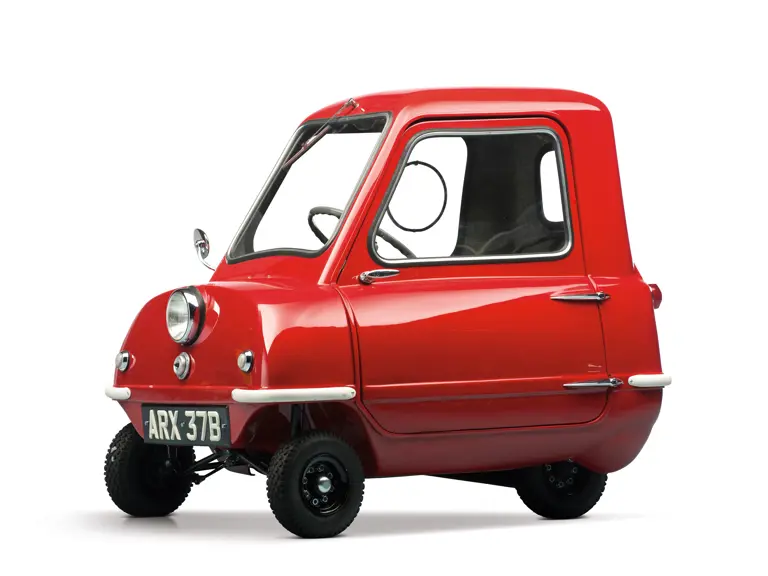
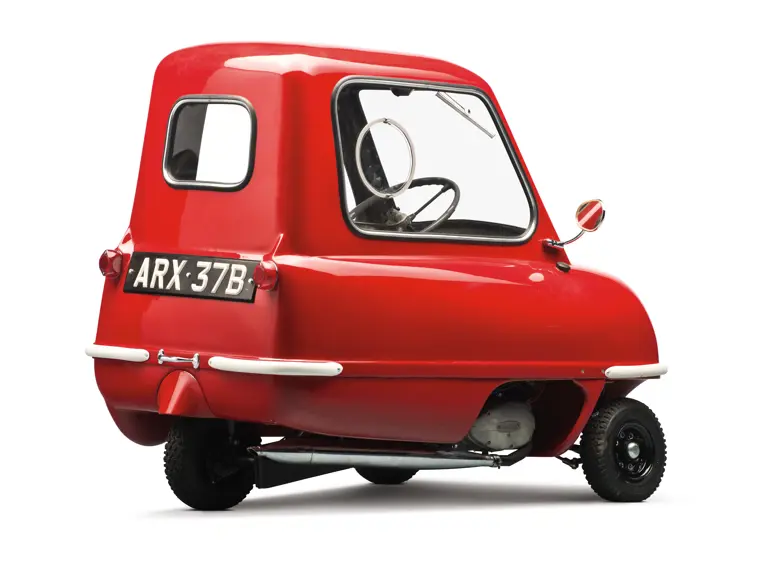

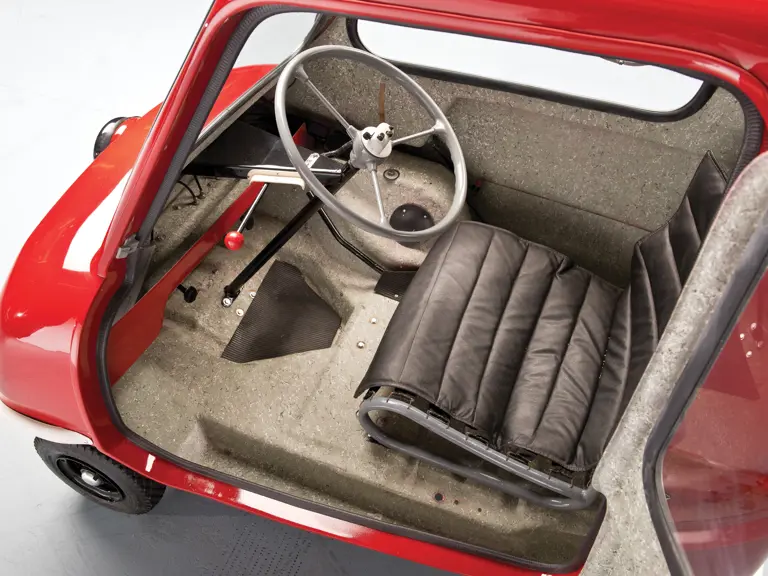
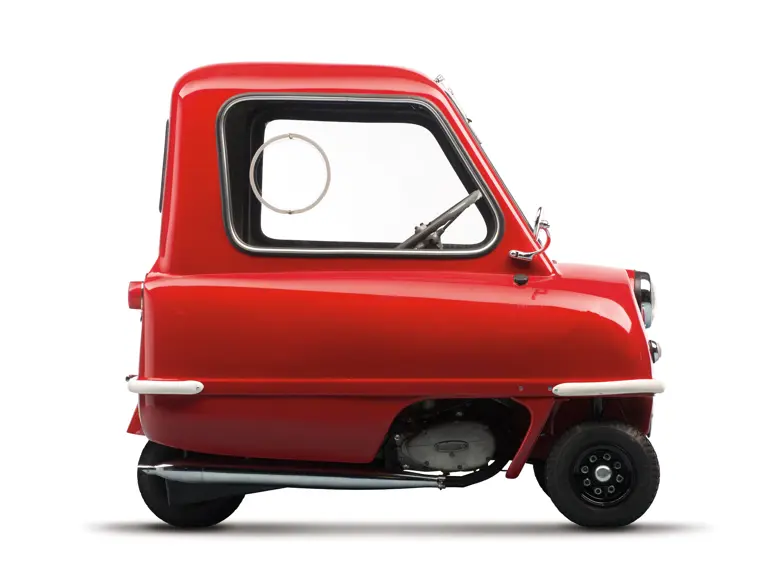

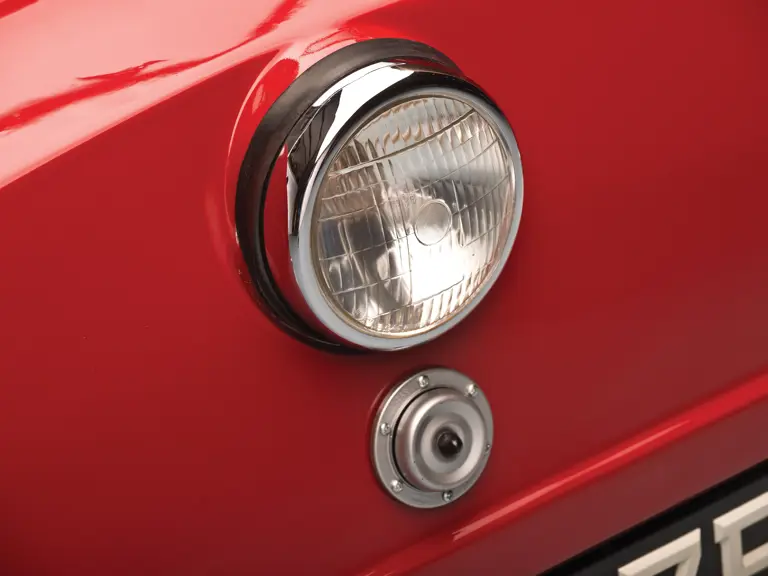

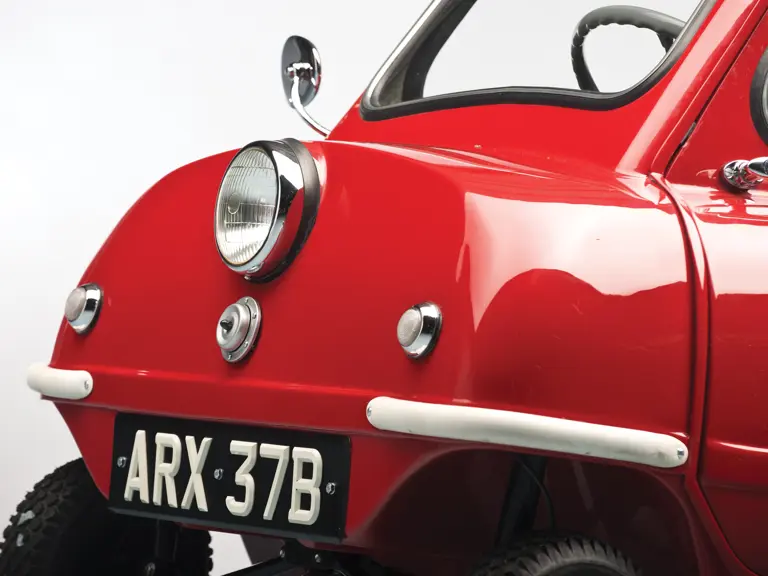

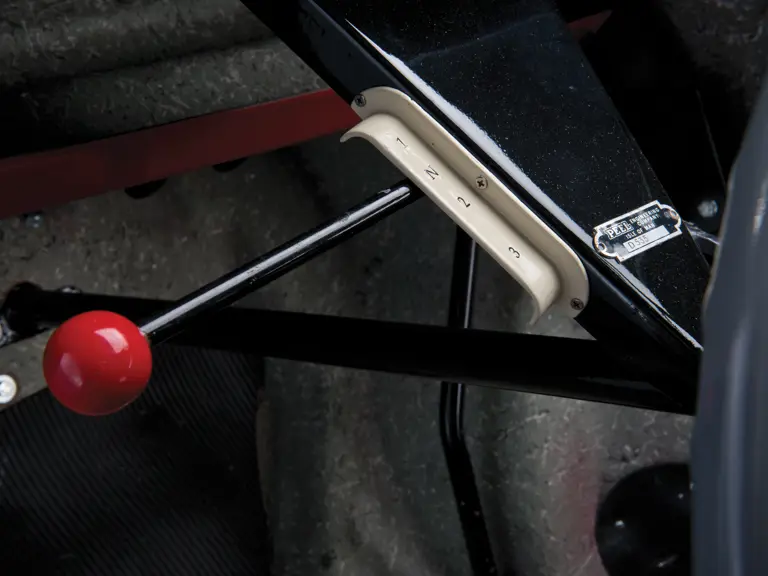
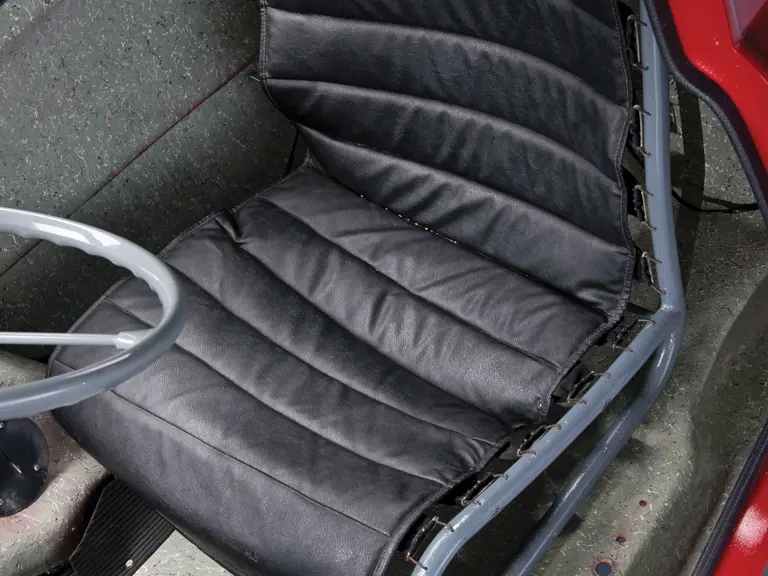



 | Madison, Georgia
| Madison, Georgia

